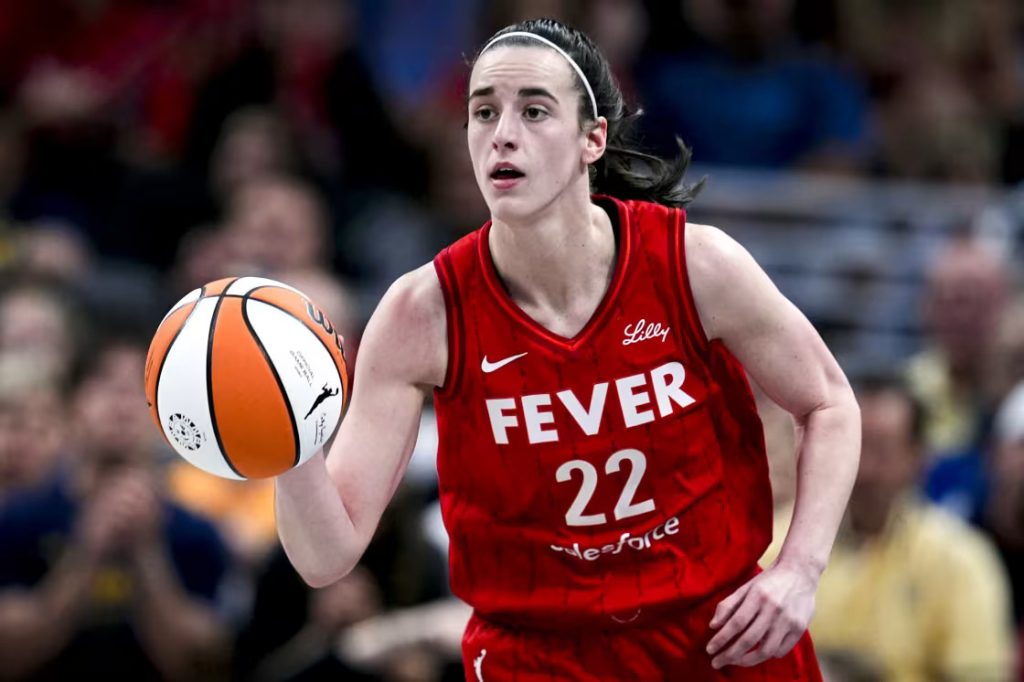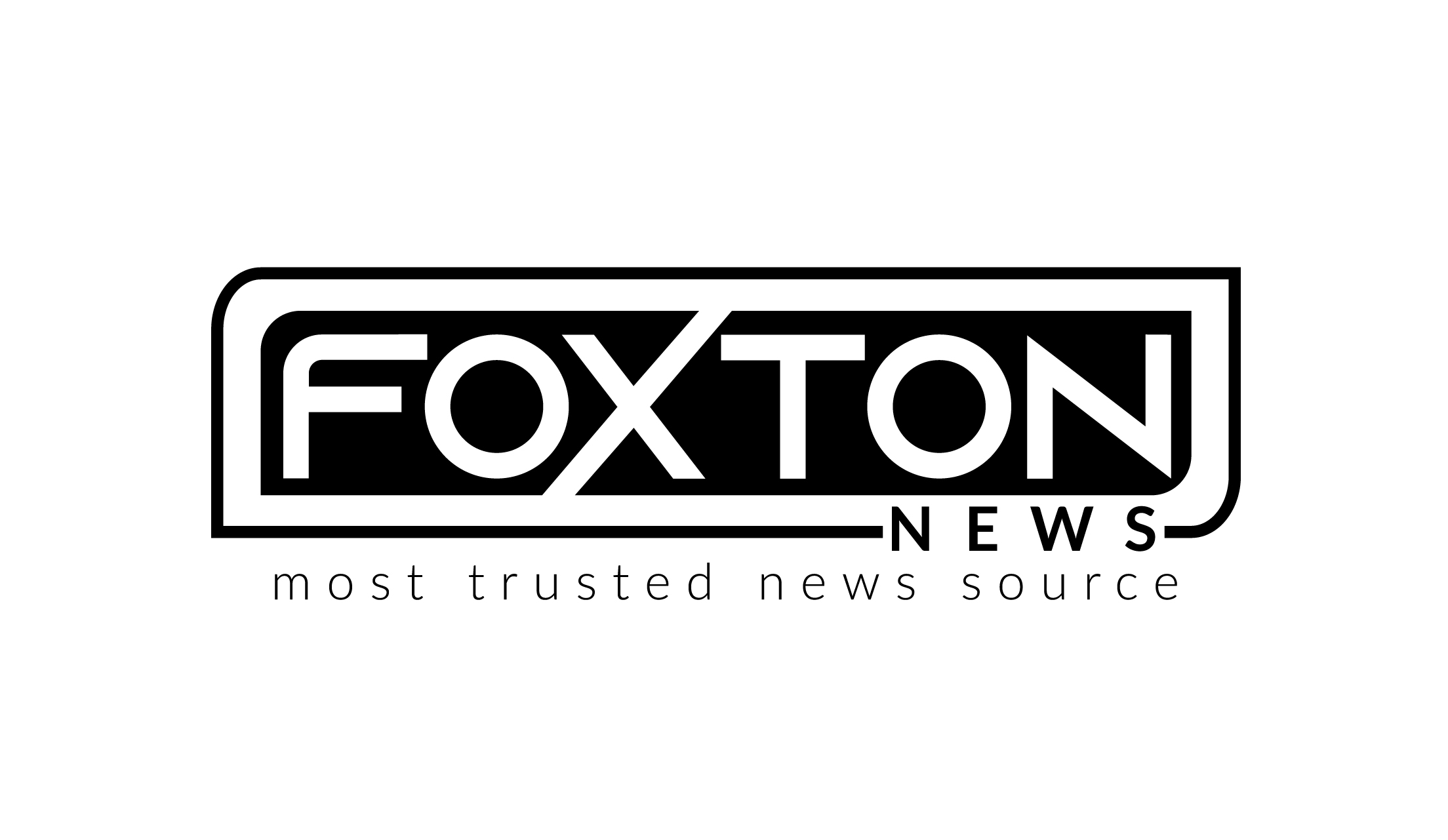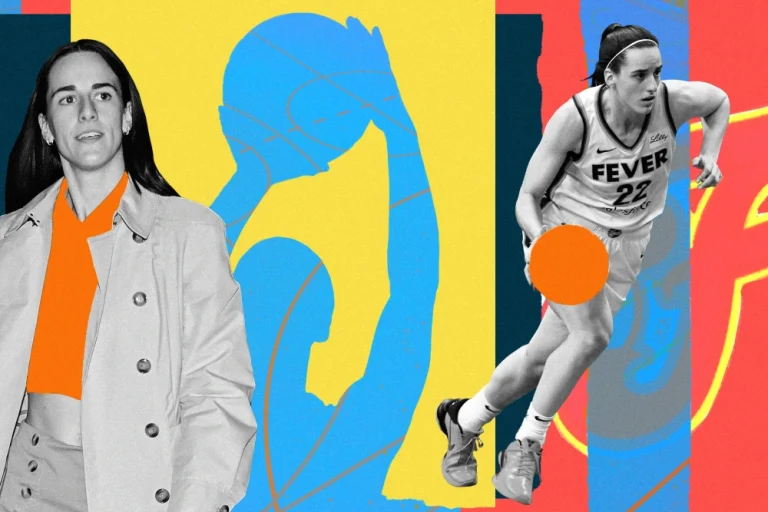When the WNBA tipped off its new season last week, Ryan Brewer — like many fans and analysts — was eager to see how Indiana Fever star Caitlin Clark would follow up her electrifying rookie campaign.
But Brewer’s interest goes far beyond her on-court stats. As an associate professor of finance at Indiana University Columbus and a specialist in valuation, he was asked by the Indianapolis Star to assess Clark’s economic impact on the league. Following a 2024 season marked by record-breaking TV viewership, sold-out arenas, and a surge in merchandise sales whenever Clark and the Fever took the court, Brewer concluded that she accounted for an astonishing 26.5% of all WNBA economic activity. That includes revenue from merchandise, ticket sales, and broadcast deals.
Projecting forward to the 2025 season, Brewer ran the numbers again — and the results were even more striking. “If everything continues on the same path, and we have a longer season with 22 home games and some inflation factored in, I estimate the total economic impact at $875 million,” Brewer told NBC News. “And honestly, it wouldn’t be surprising to see that exceed a billion dollars.”
This year marks the WNBA’s 29th season, and more than ever, the league’s on-court success is intertwined with its financial growth — a connection in which Clark plays a central role.
The WNBA is in expansion mode for the first time since 2008, recently adding its 13th franchise, the Golden State Valkyries. Two additional teams — based in Toronto and Portland — are set to join the league next year. Along with a growing fanbase, this broader reach is significantly boosting the WNBA’s revenue potential. In 2026, a major new media-rights agreement kicks in — an 11-year deal reportedly worth $2.2 billion, expected to triple the league’s current broadcast income. (NBC, one of the media partners, shares a parent company with NBC News.)

With the prospect of increased media revenue on the horizon, the WNBA players’ union made a pivotal move last October: it opted out of its current collective bargaining agreement. Over the coming months, players and league officials will work to negotiate a new deal—one the union hopes will significantly raise salaries across the board.
Caitlin Clark, for example, earned $76,535 as a rookie. This season, her salary saw a modest bump—still a fraction of what she earns off the court. Her endorsement deals, headlined by a reported eight-year, $28 million contract with Nike, dwarf her playing income. In an interview with ESPN, her agent said it would be “impossible” for the league to pay Clark what she’s truly worth.
Though women’s sports were already on an upward trajectory, Clark’s meteoric rise at the University of Iowa injected a new level of momentum into the WNBA. Her popularity helped the Indiana Fever average 17,035 fans per home game in 2024—more than the city’s NBA team, the Pacers, averaged across twice as many games. Leaguewide, attendance jumped from an average of 6,615 in 2023 to 9,807. Clark’s games were among the most-watched in league history, helping ESPN, ABC, CBS, and NBA TV achieve record viewership—ESPN alone averaged 1.2 million viewers per WNBA broadcast last season.
While the WNBA, as a privately held entity, doesn’t disclose revenue figures, signs of Clark’s economic impact are visible. The league reported a 233% year-over-year increase in merchandise sales through Dick’s Sporting Goods. Fanatics, the WNBA’s official e-commerce partner, ranked Clark among its top 20 best-selling athletes across all sports and sixth among all basketball players, including those in the NBA.
Clark’s effect isn’t isolated. Fanatics reported that WNBA merchandise sales overall surged by over 500% last season. And the demand hasn’t slowed. Earlier this month, a Fever preseason game played at her alma mater, Iowa, drew 1.3 million viewers on ESPN—more than all but two NBA preseason games on the network since 2010, both of which featured LeBron James.
Ticket demand has also skyrocketed. According to StubHub, all 10 of the top-selling WNBA games this season feature the Fever. When the team plays on the road, average ticket prices surge by 140%, with the typical away ticket to see Clark fetching $312.
“Clark isn’t just boosting demand for Indiana Fever games—she’s lifting the entire league,” said StubHub spokesperson Adam Budelli.
In 2023, Sportico valued the Fever franchise at $90 million, slightly below the league average. But Ryan Brewer, a finance professor at Indiana University Columbus, estimates that Clark’s presence has pushed the franchise’s valuation closer to $340 million. He also projects her overall economic impact could inject roughly $41 million into the city of Indianapolis, provided her momentum continues.
While Clark isn’t the only rookie driving excitement—her rivalry with Chicago Sky’s Angel Reese attracted a record 2.5 million viewers to their May 17 matchup on ESPN—Brewer’s data shows that Clark is the dominant force behind the WNBA’s recent growth. Of the 24 WNBA broadcasts last season that drew over a million viewers, 21 featured her. All three games that drew over 20,000 fans also involved the Fever.
“There are other compelling stories and players,” Brewer said, “but Caitlin Clark is clearly the catalyst. She’s bringing in a whole new audience and energizing sponsors in ways we haven’t seen before.”
To determine her financial impact, Brewer created models based on expected attendance growth prior to Clark’s arrival. Comparing that to actual 2024 figures, he found that roughly 60% of the increase could be attributed to her.
“Her ability to sell out arenas is incredible,” he noted.
That surge in interest has been especially strong in Indianapolis, where a new $78 million practice facility for the Fever is under construction.
After Clark was drafted No. 1 overall in 2024, Visit Indy—the city’s tourism bureau—launched a marketing campaign across Iowa to lure her devoted college fanbase to Indiana. According to Visit Indy executive vice president Chris Gahl, traffic to Fever-related pages on the group’s website spiked by 501%. Hotel bookings also increased on nights when the Fever played at home.
Gahl, who works to attract large corporate events to Indianapolis, discovered a creative new pitch: inviting nearly 50 meeting planners—most of them women—to attend a Fever game. The result? A host of first-time visitors who might not have otherwise considered Indianapolis as a destination.
“Those planners wouldn’t have come without that game,” Gahl said. “Right now, an Indiana Fever home game is one of the hottest tickets in town.”

